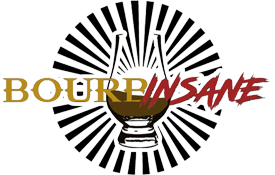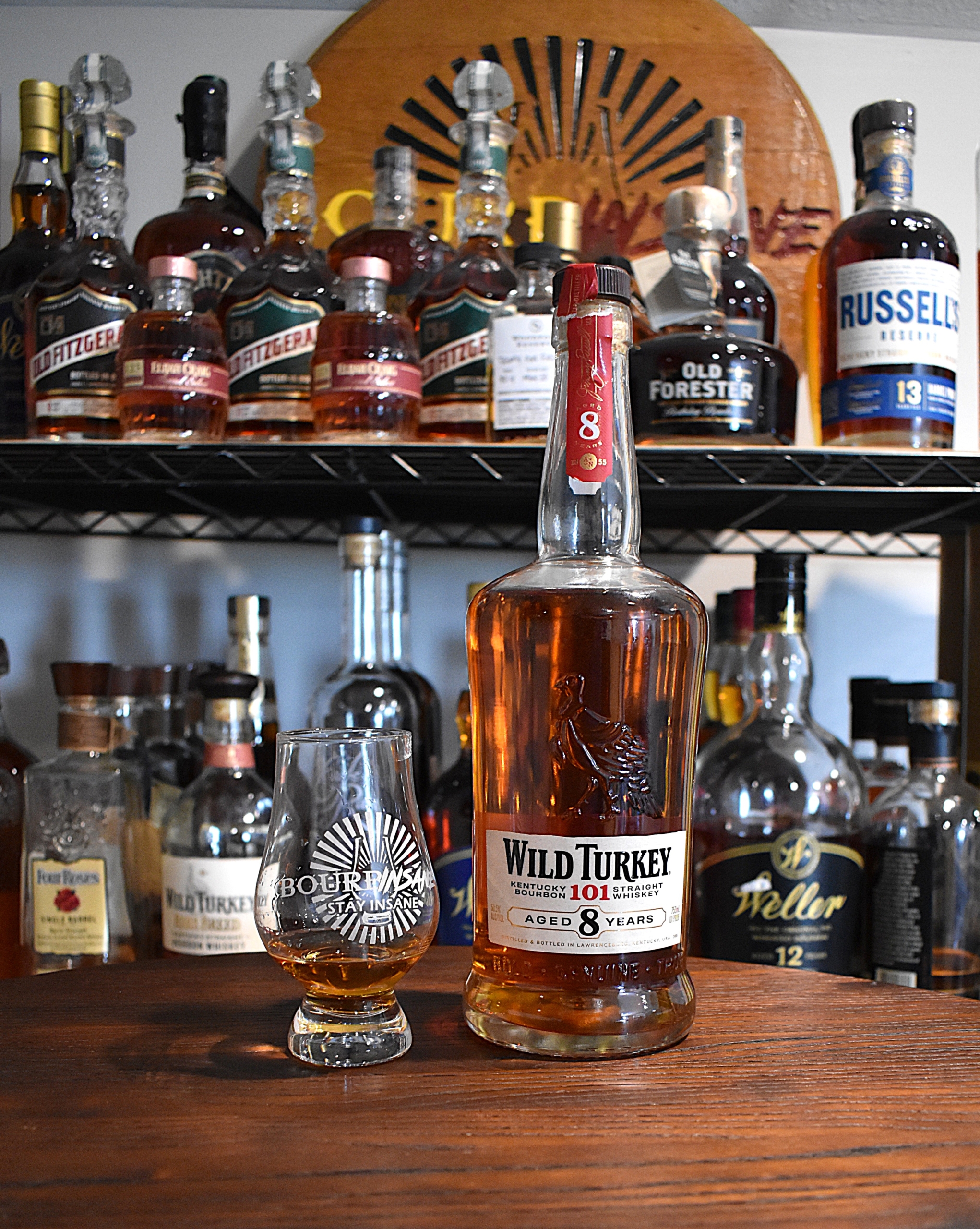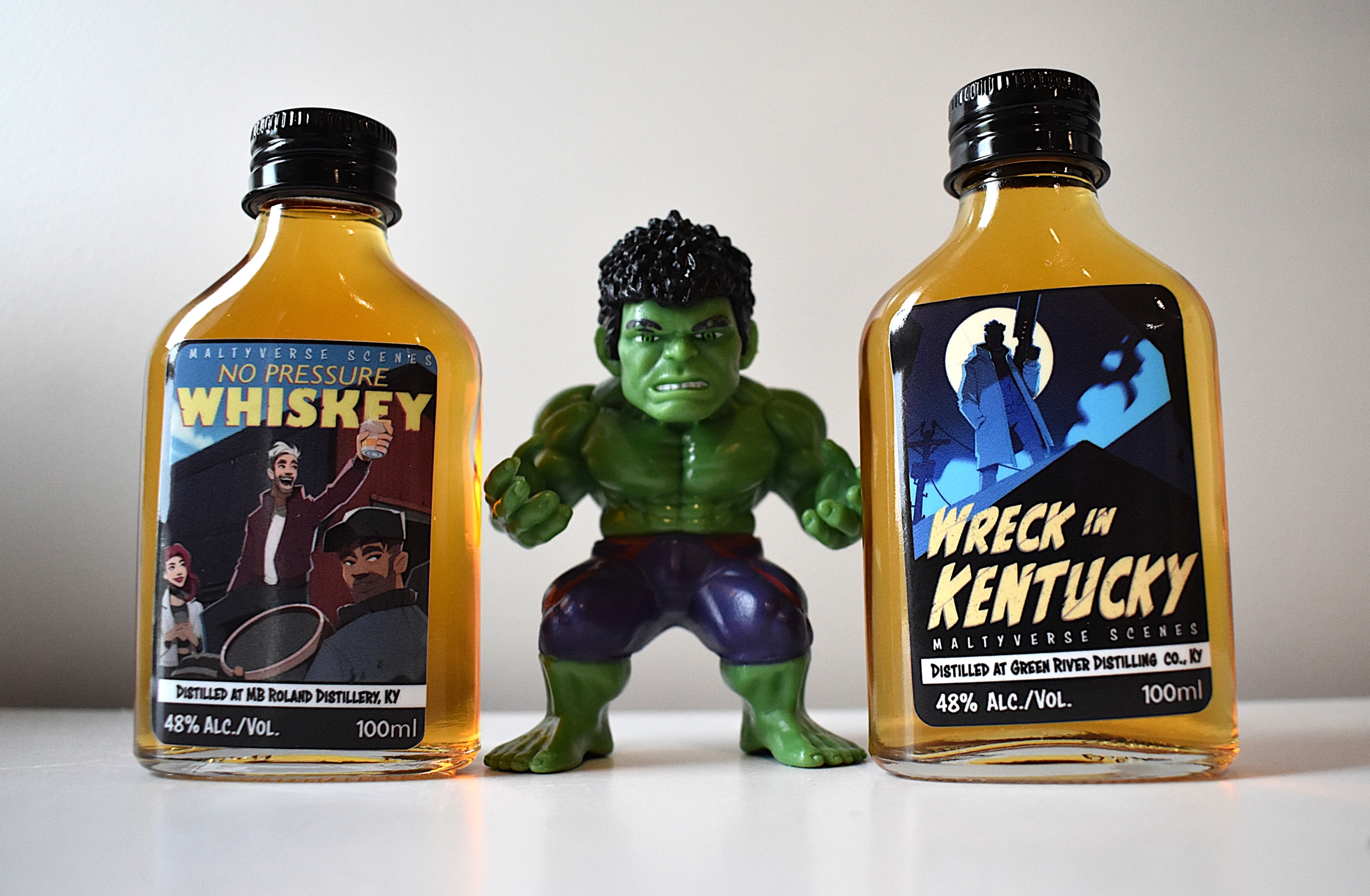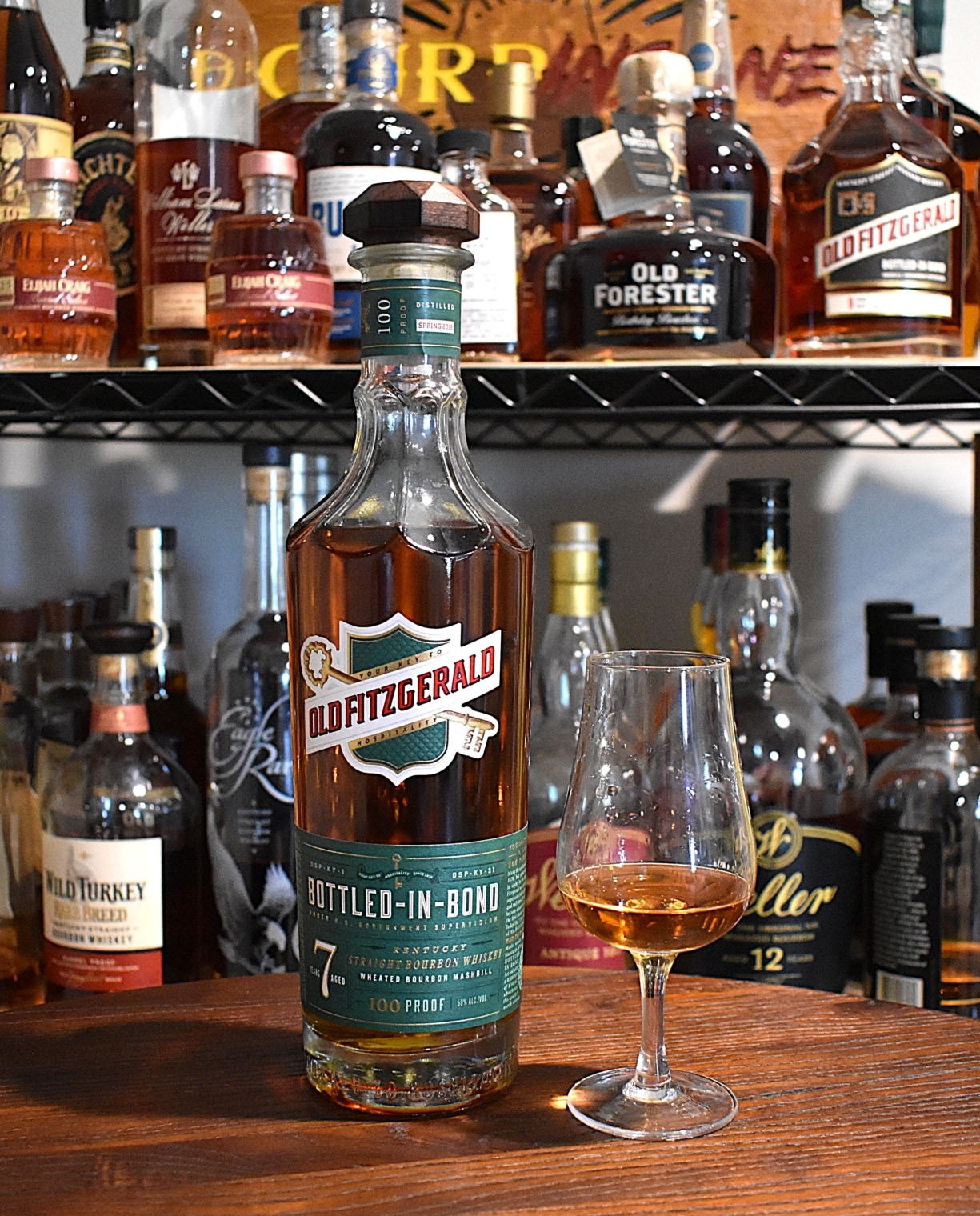Why Your Bourbon Tastes Different Than Mine: Batch Variations Explained
Table of Contents
Toggle
Table of Contents
ToggleIntroduction
If you’ve ever shared a pour of bourbon with a friend only to discover that their bottle tastes noticeably different than yours — despite being the same brand — you’re not imagining things. The world of bourbon is as nuanced as wine or craft beer, and batch variations play a significant role in shaping what ends up in your glass.
In this deep dive, we’ll explore why your bourbon might taste different than someone else’s, how batches are created, and what variables contribute to the distinct flavor profiles across bottles. Whether you’re a seasoned whiskey enthusiast or a curious newcomer, understanding bourbon batch variations will enhance your tasting experience and appreciation.
What Is a Bourbon Batch?
 A “batch” refers to the specific group of barrels that are blended together before being bottled. Most bourbon distilleries produce whiskey in large volumes and store it in individual barrels for aging. When it’s time to bottle, they often mix several of those barrels together to create a consistent product — this process is known as batch blending.
A “batch” refers to the specific group of barrels that are blended together before being bottled. Most bourbon distilleries produce whiskey in large volumes and store it in individual barrels for aging. When it’s time to bottle, they often mix several of those barrels together to create a consistent product — this process is known as batch blending.
There are different types of batches:
- Small Batch: Typically a blend of fewer barrels (anywhere from 4 to a few dozen).
- Large Batch: Blends of many barrels, sometimes hundreds.
- Single Barrel: Bourbon from one specific barrel — no blending involved.
Each batch — even from the same brand or label — can exhibit noticeable differences due to the variables at play during aging and blending.
Why Batch Variations Happen
1. Barrel Differences
No two barrels are identical. Even if they’re made on the same day and filled with the same distillate, they’ll age differently based on:
- Grain of the wood
- Char level
- Stave construction
- Storage conditions (temperature, humidity)
Barrels interact with the spirit over time, extracting flavors from the wood and contributing to color, aroma, and taste. This individuality leads to natural flavor variation.
2. Warehouse Location
Where a barrel is stored significantly impacts how it ages. A barrel aged in the top of a rickhouse — where it’s hotter — will mature faster and develop more intense, spicy, or caramelized notes. Barrels on lower levels may retain more delicate, nuanced flavors.
This variance contributes to bottle-to-bottle differences, especially in small batch or non-chill filtered products.
3. Climate and Seasonality
 The dramatic temperature swings in Kentucky and other bourbon-producing regions accelerate the aging process. These seasonal changes affect how whiskey expands into and contracts out of the barrel wood, creating different flavor compounds over time.
The dramatic temperature swings in Kentucky and other bourbon-producing regions accelerate the aging process. These seasonal changes affect how whiskey expands into and contracts out of the barrel wood, creating different flavor compounds over time.
Even batches distilled a few months apart can age differently due to weather conditions.
4. Blending Techniques
Master distillers and blenders work hard to create a consistent flavor profile, but blending is part science, part art. Minor differences in how barrels are selected or how long they’re allowed to marry before bottling can influence the final flavor.
Some brands embrace variation, releasing distinct batch numbers (e.g., Elijah Craig Barrel Proof A123 vs. B523), while others strive for consistency.
Types of Bourbon and Their Batch Sensitivity
Single Barrel Bourbon
- Most sensitive to variation.
- No blending involved; each bottle is a snapshot of one unique barrel.
Small Batch Bourbon
- A middle ground — consistency is a goal, but the small number of barrels allows room for character and variance.
Large Batch / Mass Market Bourbon
- Blended from dozens or even hundreds of barrels to smooth out inconsistencies.
- Tends to be more uniform but can still vary over time due to ingredient sourcing or production tweaks.
Real-World Examples of Batch Variation
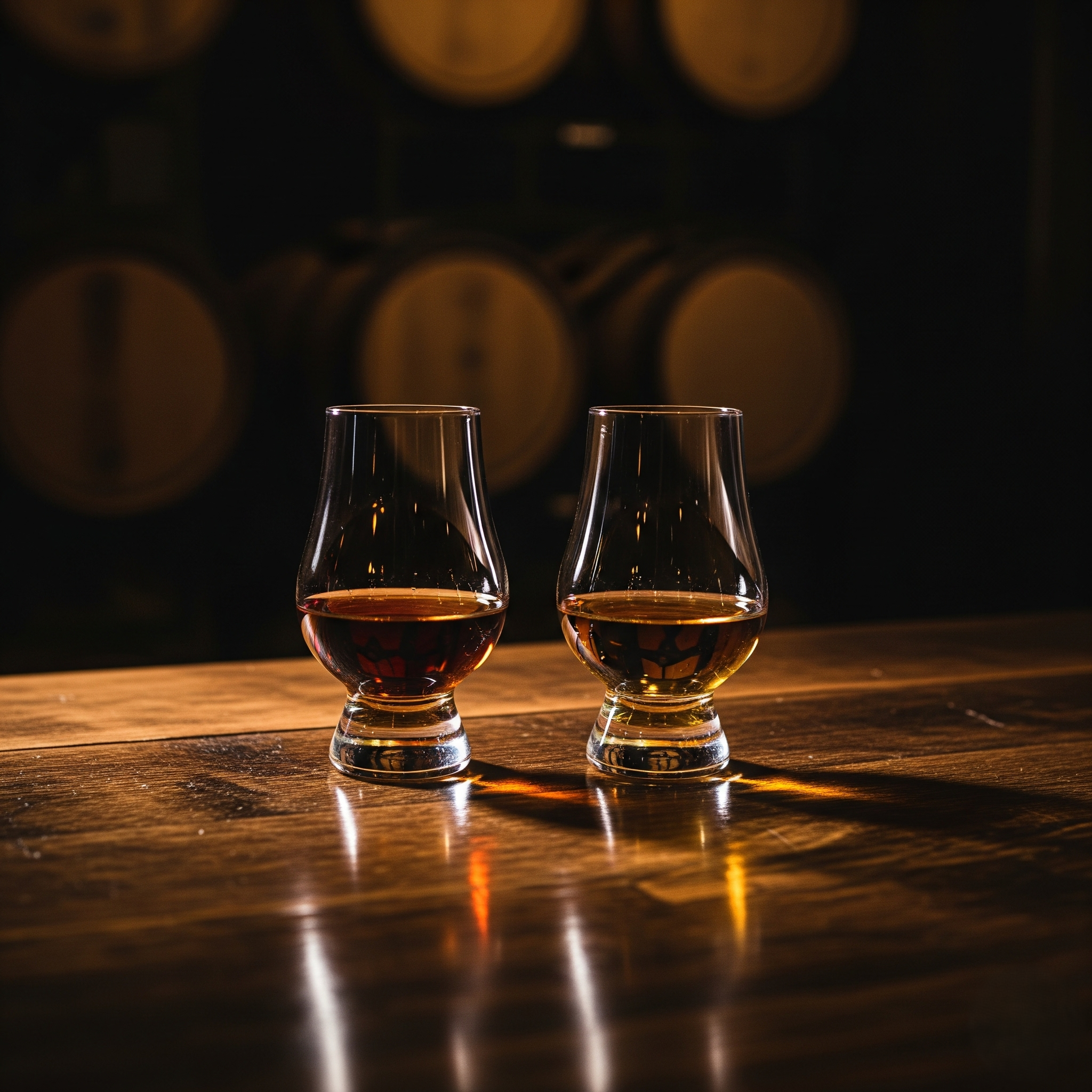 Elijah Craig Barrel Proof
Elijah Craig Barrel Proof
Each release is labeled with a batch code and comes at barrel strength. A123 might taste significantly different from B523 due to different barrel selections and aging.
- A123: Rich, bold, peanut brittle and oak.
- B523: More herbal, spicy, and earthy.
Stagg Jr. (Now just Stagg)
This bourbon has long been known for wild swings in proof and profile between batches. One might be dark chocolate and cherry; another rich oak and heat.
Maker’s Mark Private Selection
Each private barrel pick features a custom blend of 10 finishing staves. The resulting bourbon can be wildly different even between two picks from the same store.
How to Identify a Batch
Look at the Label
Some bottles clearly list batch codes or barrel numbers. Common formats include:
- Batch A121 (A = first release of the year, 1 = January, 21 = 2021)
- Barrel #1944
Lot Numbers and Codes
Even when a batch isn’t advertised, some bottles include a lot number that can trace back to a specific production run.
Taste and Compare
Sometimes the only way to detect variation is with your own palate. If you’ve had the same bourbon more than once and something tastes “off” — it might just be from a different batch.
Is Batch Variation a Bad Thing?
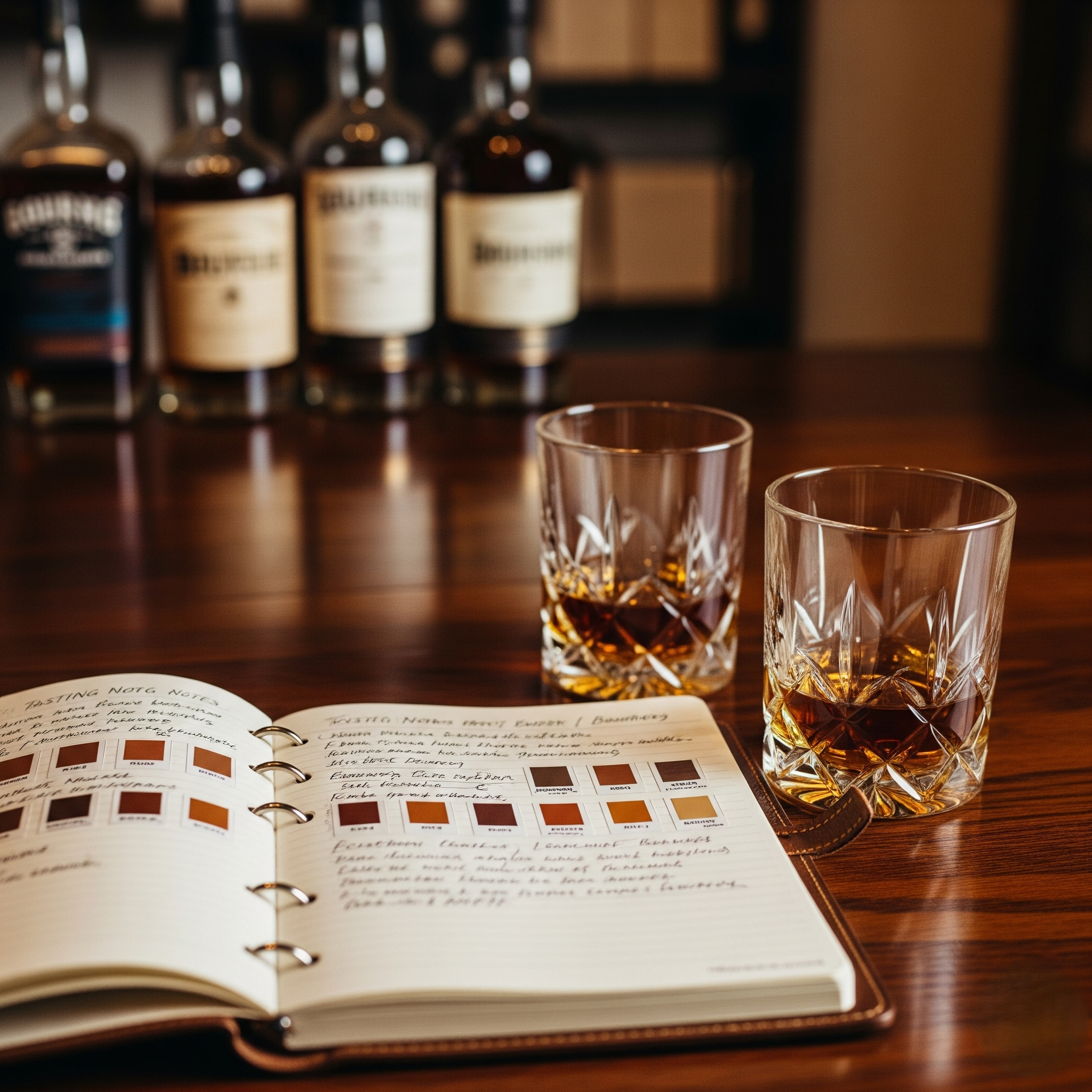 Not at all. In fact, it’s often what makes bourbon exciting.
Not at all. In fact, it’s often what makes bourbon exciting.
Pros:
- More unique and memorable experiences
- Encourages exploration and discussion
- Highlights craftsmanship and aging dynamics
Cons:
- Can be frustrating if a favorite batch changes or disappears
- Inconsistency may disappoint casual drinkers looking for reliability
Collectors and enthusiasts often chase specific batches known for exceptional flavor.
How to Navigate Batch Variation as a Bourbon Drinker
1. Track What You Taste
Keep notes on bottles, including batch numbers, flavor notes, and preferences. Apps like Distiller or a physical whiskey journal work well.
2. Buy in Multiples (If You Love It)
If you find a batch you adore, consider buying another bottle or two while it’s still available.
3. Attend Store Picks and Tastings
Private picks and tasting events are great for understanding how batch differences show up in the glass.
4. Stay Open-Minded
One batch doesn’t define a brand. Give other releases a chance. Batch variation doesn’t mean inconsistency — it means evolution.
Final Thoughts: The Beauty of Bourbon Variation
The next time someone says, “This tastes different than the bottle I had,” don’t be surprised — they’re probably right. Bourbon batch variations are a hallmark of handcrafted whiskey and a reminder that no two pours are exactly alike.
Whether you’re sipping on a small batch or a single barrel, the subtle differences in flavor are part of the journey. Understanding the factors behind these variations can make you a more informed — and appreciative — whiskey drinker.
So pour another glass, compare notes with a friend, and toast to the ever-evolving magic inside every bottle.
Join the Bourbinsane Family on Patreon!
Get more exclusive whiskey reviews, insider updates, and early access to new content by becoming a supporter on Patreon!
There are no comments
Leave a Reply
You must be logged in to post a comment.
